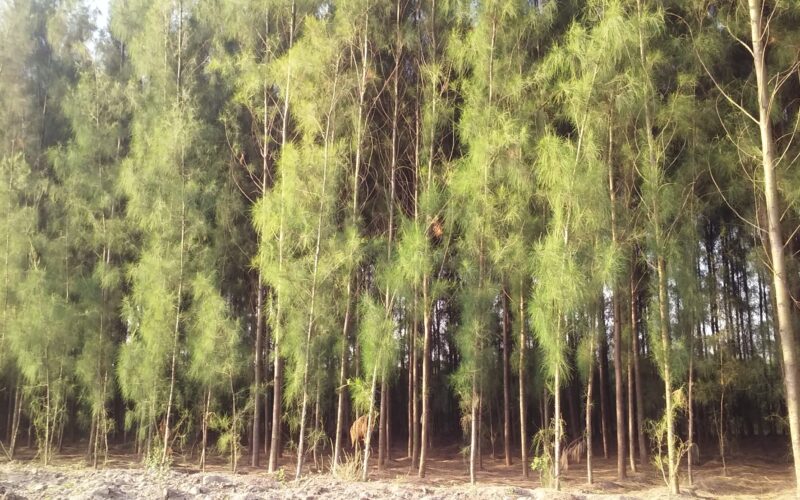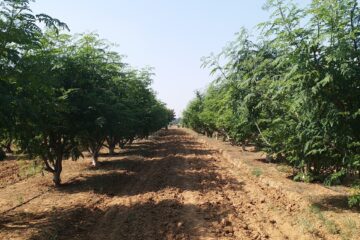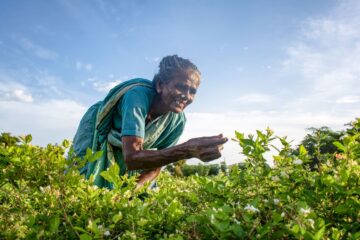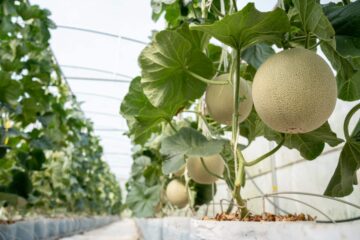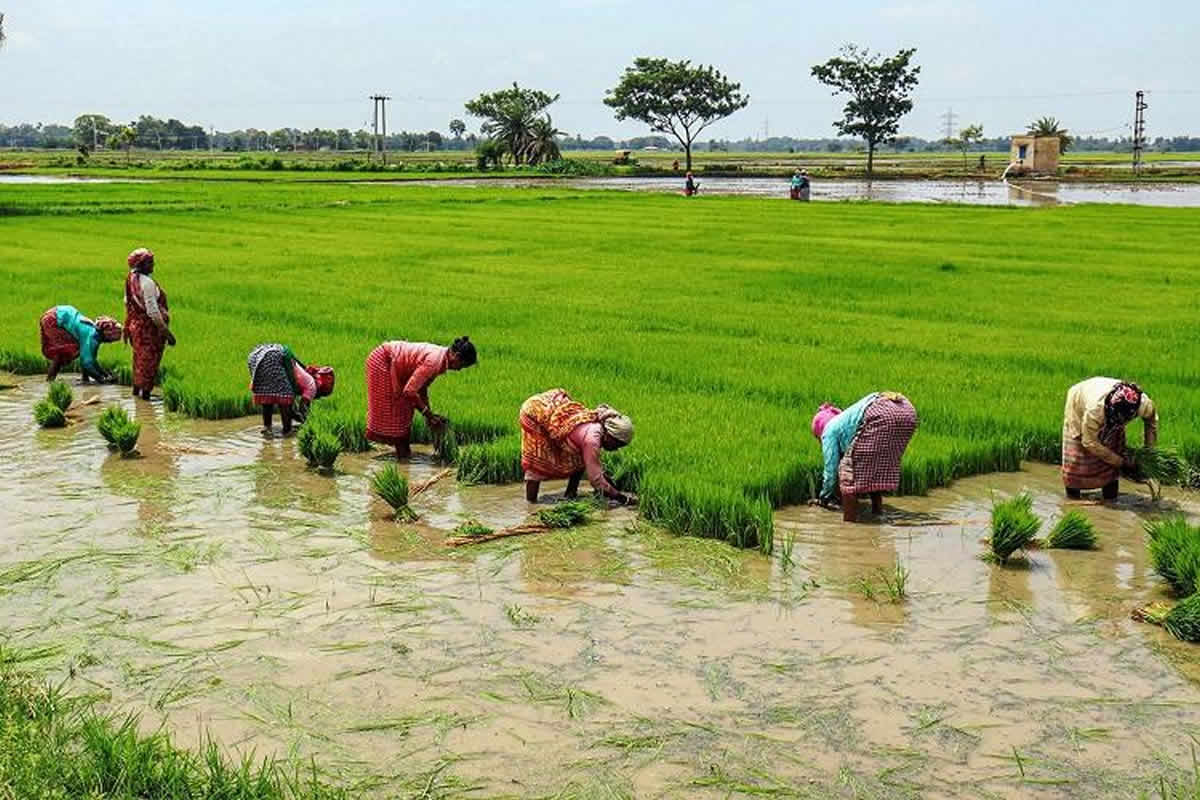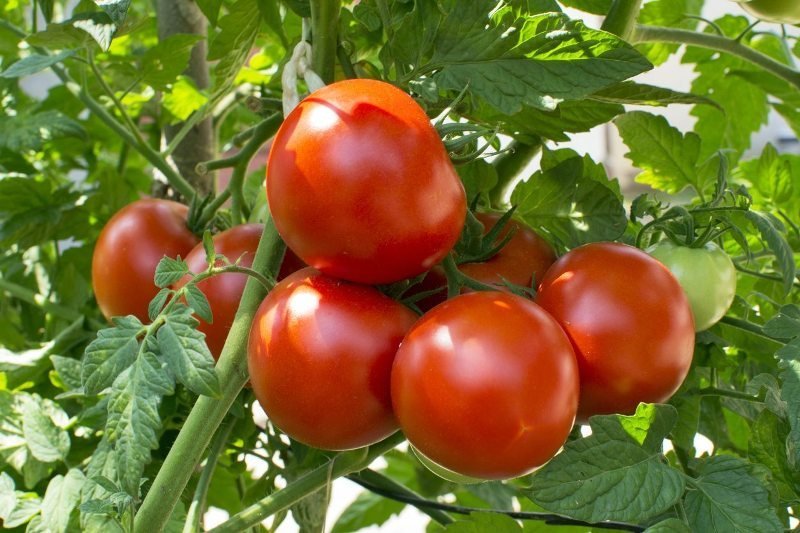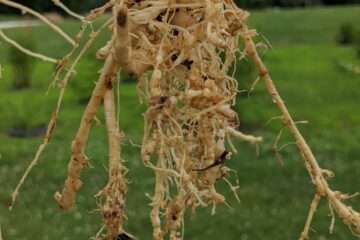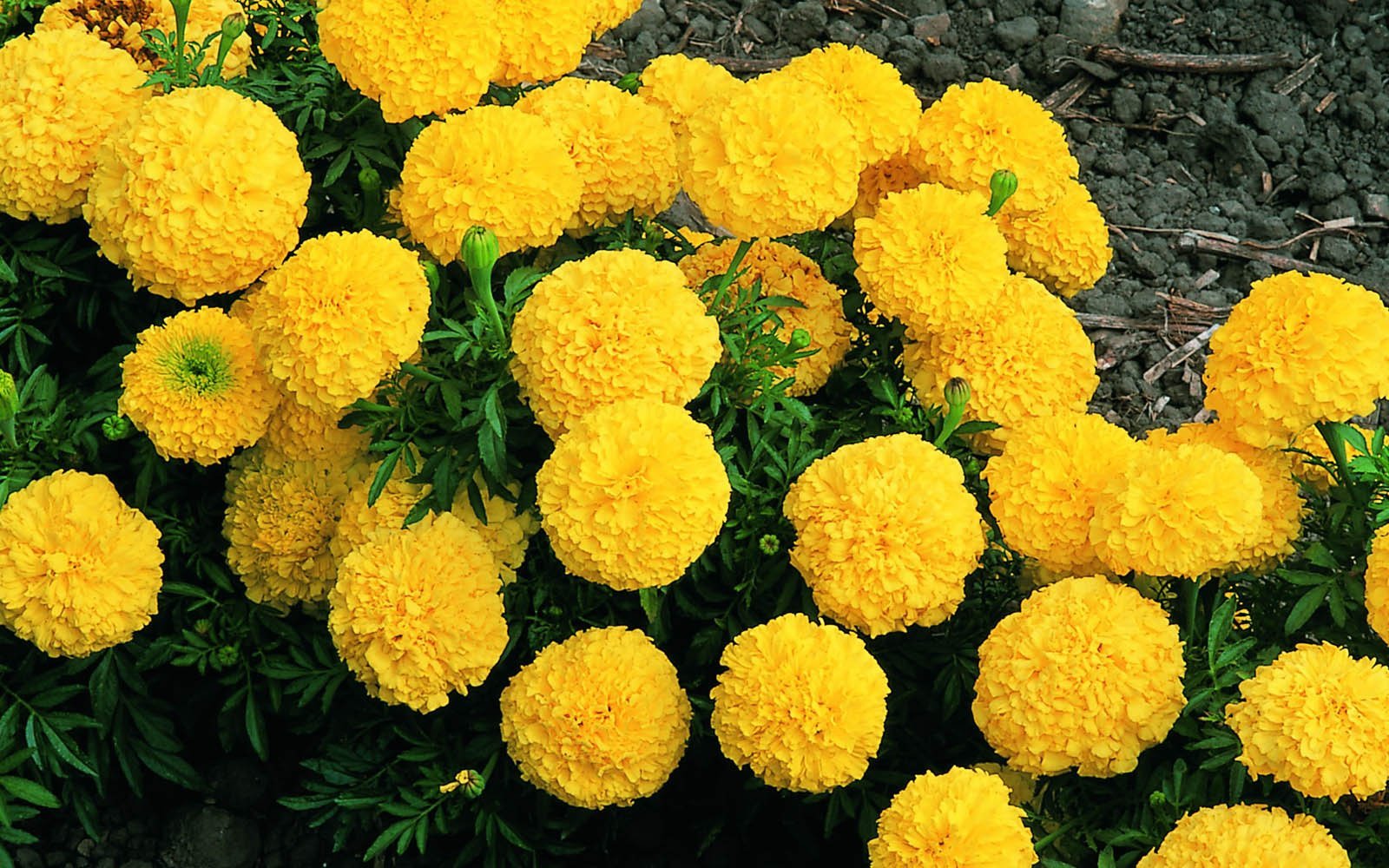Casuarina trees, known scientifically as Casuarina equisetifolia and Casuarina junghuhniana, belong to the Casuarinaceae family. These trees are known for their rapid growth and evergreen needle-like foliage.
Ideal Growing Conditions
- Altitude: Grows well at altitudes up to 1,500 meters above sea level.
- Temperature: Thrives in temperatures ranging from 15-33°C.
- Rainfall: Requires areas with an annual rainfall of around 1,100 mm.
- Soil: Prefers sandy coastal soils, commonly found in Andhra Pradesh, Odisha, Tamil Nadu, West Bengal, Maharashtra, Gujarat, and Karnataka.
Benefits
- Raw Material: Used in paper mills.
- Small Timber: Useful for making small agricultural tools and farm implements.
- Construction: Used for roofing and scaffolding.
- Fuel: Provides firewood and charcoal.
- Windbreak: Acts as a windbreak around plantations.
- Rootstock: Serves as a rootstock for sandalwood cultivation.
Support from Paper Mills
- Quality Seedlings: Producing quality grafted seedlings and providing them to farmers at a low cost.
- Continuous Advice: Offering ongoing technical advice.
- Bank Loan Recommendations: Recommending farmers for bank loans.
- Technical Support: Providing direct technical guidance from forest colleges and research centers.
Soil Requirements
Casuarina can grow in sandy, loamy, and red soils. The soil pH should be between 6-8. Avoid clayey soils, waterlogged areas, and highly eroded or saline soils.
Seedlings
Collect seeds from well-grown Casuarina trees aged 5-6 years during June-December. Each kilogram of seeds contains 7.5-10 lakh seeds, with a purity of 80-90% and moisture content of 7.3%. These seeds are used for raising seedlings.
Alternatively, propagate Casuarina using stem cuttings treated with root growth hormones (indole butyric acid, 3000-6000 ppm) and placed in a green house with 70-80% humidity. New roots develop in 20-25 days, resulting in quality seedlings.
Planting
Plant seedlings at 4×4 feet spacing for seed-raised plants and 5×5 feet spacing for grafted plants. Dig pits of one-foot depth, width, and height. Before planting, mix the pit soil with decomposed farmyard manure, 30 grams of DAP or mixed fertilizer, and 5 grams of borax or thimet granules to prevent termite damage. Carefully place the seedlings without disturbing the root ball.
Maintenance
- Irrigation: Water the plants every 3-5 days for the first month, then weekly until well-established.
- Weeding: Remove weeds for the first year to prevent competition.
- Pruning: After one year, prune the lower one-third of the tree to promote growth.
- Fertilization: Apply 40-50 kg of urea, 150 kg of super phosphate, and 100 kg of potash in 4-5 splits over the growing period.
Intercropping
For the first year, intercrop with peanuts, watermelons, chilies, groundnuts, sesame, okra, black gram, onions, and tomatoes. This provides additional income, enhances tree growth, and controls weeds.
Pest and Disease Management
- Termite Control: Apply 2 ml of chlorpyrifos per liter of water near the roots.
- Stem Borer Control: Remove the larvae manually and apply 15 ml of dichlorvos with a cotton swab to the affected area.
- Leaf Spot Disease: Remove affected parts and spray 1 gram of mancozeb per liter of water.
- Wilt Disease: For wilt, dig around the tree and apply 2.5 grams of copper oxychloride per liter of water.
Harvesting
Harvesting can begin as early as 3-5 years, depending on the requirement. Seed-raised plants yield 40-50 tons per hectare, while grafted plants yield 60-70 tons per hectare in three years.
Dr. K. Venkatalakshmi, Associate Professor, Agricultural College and Research Institute, Kudumiyanmalai.

